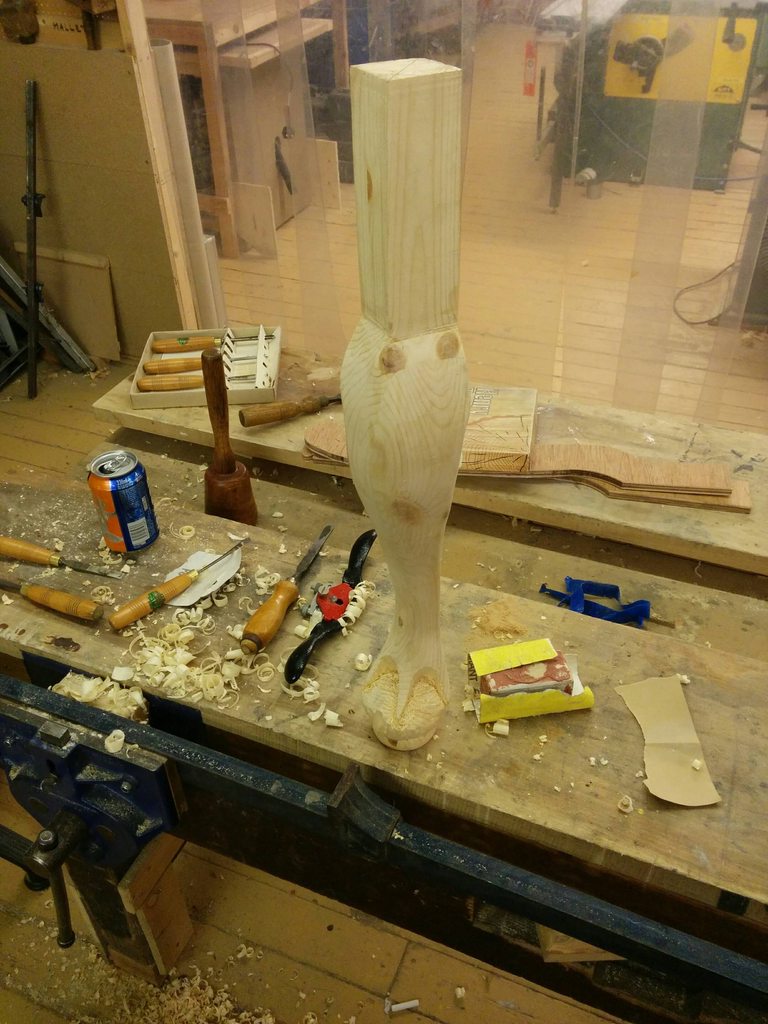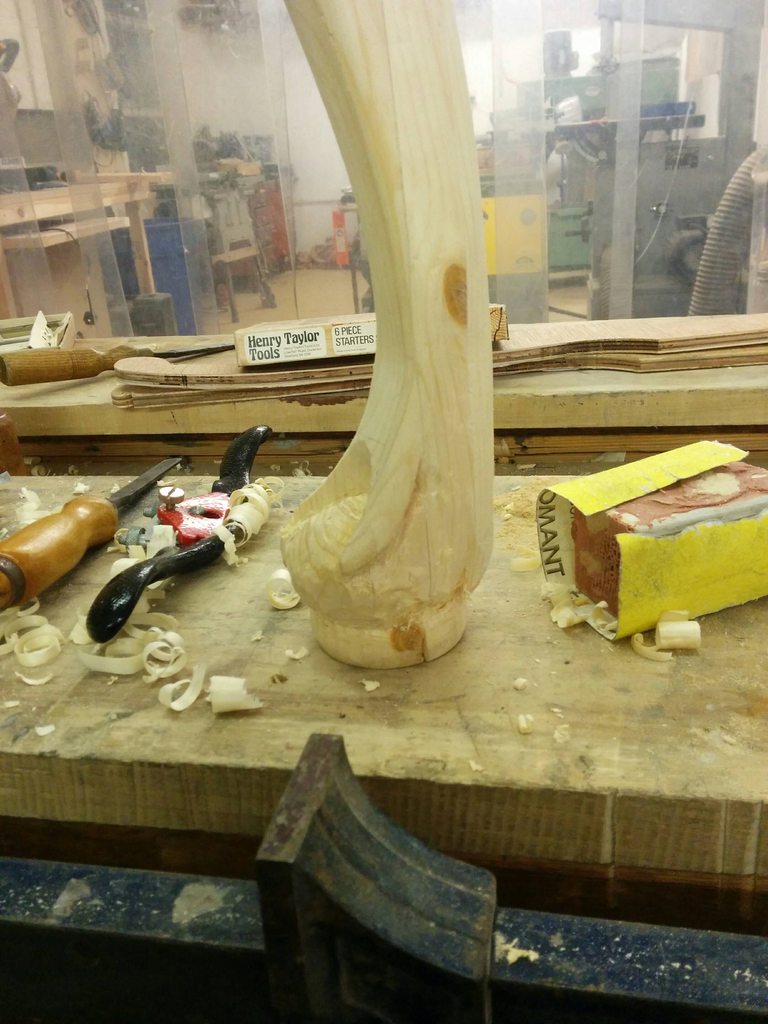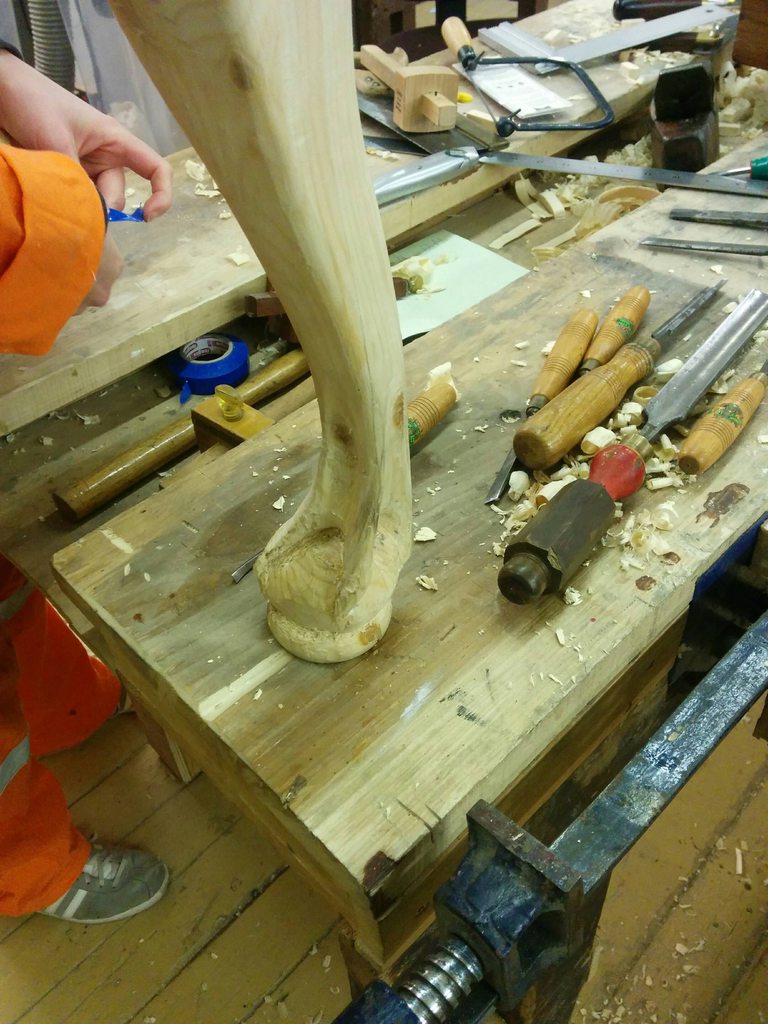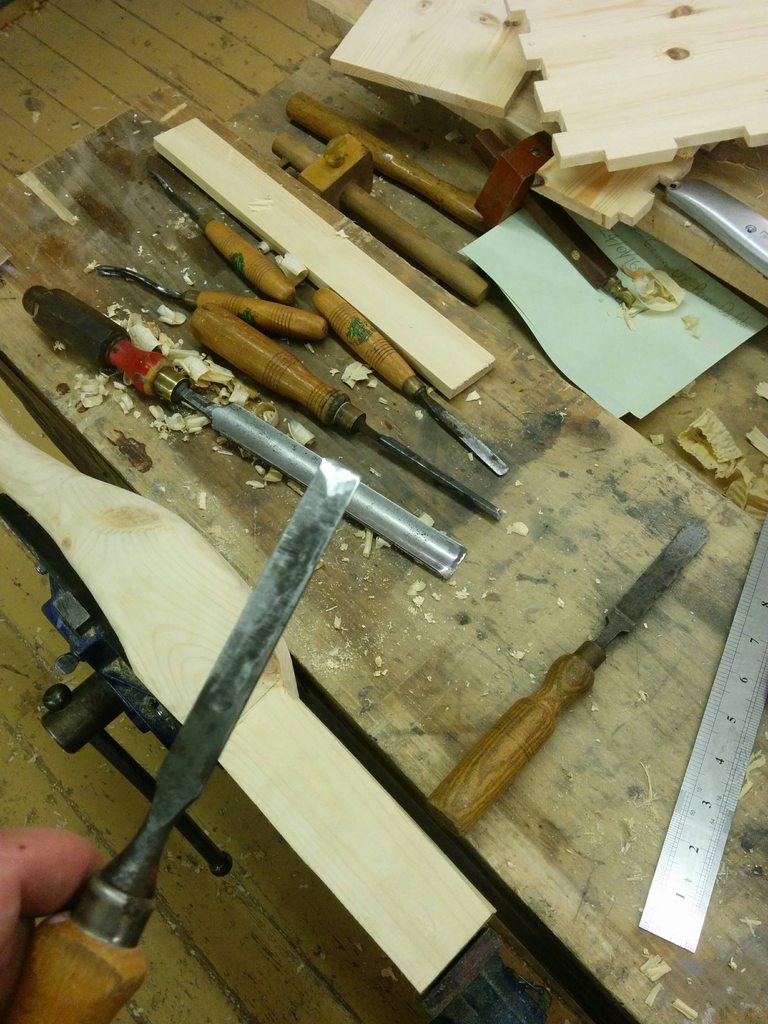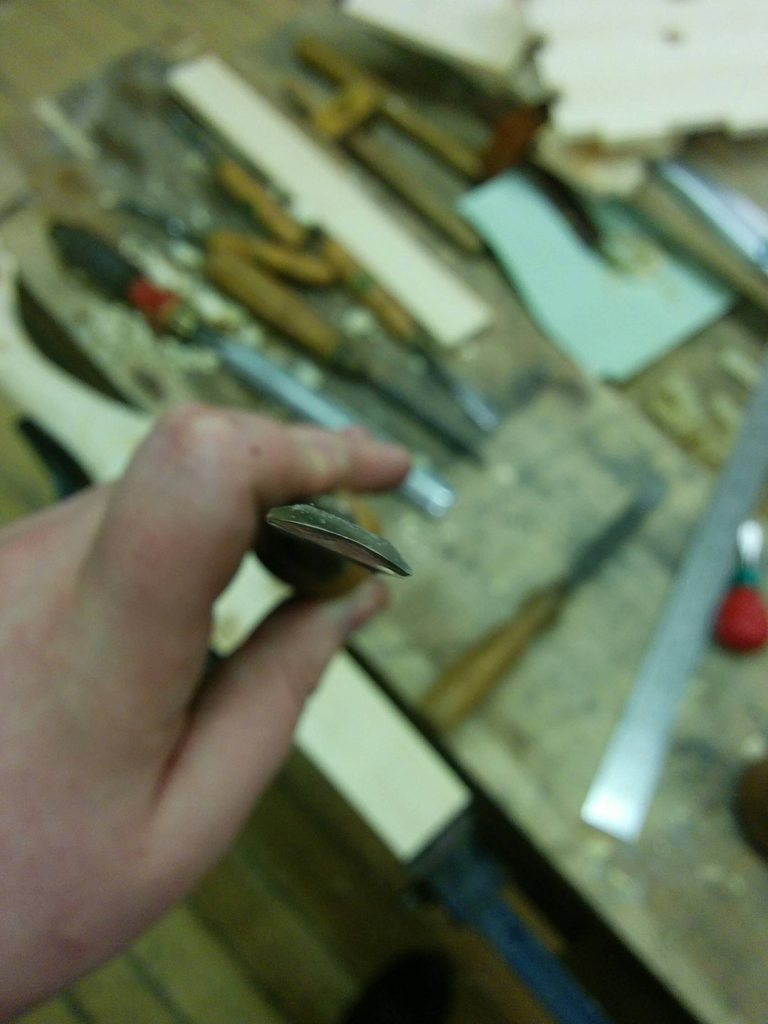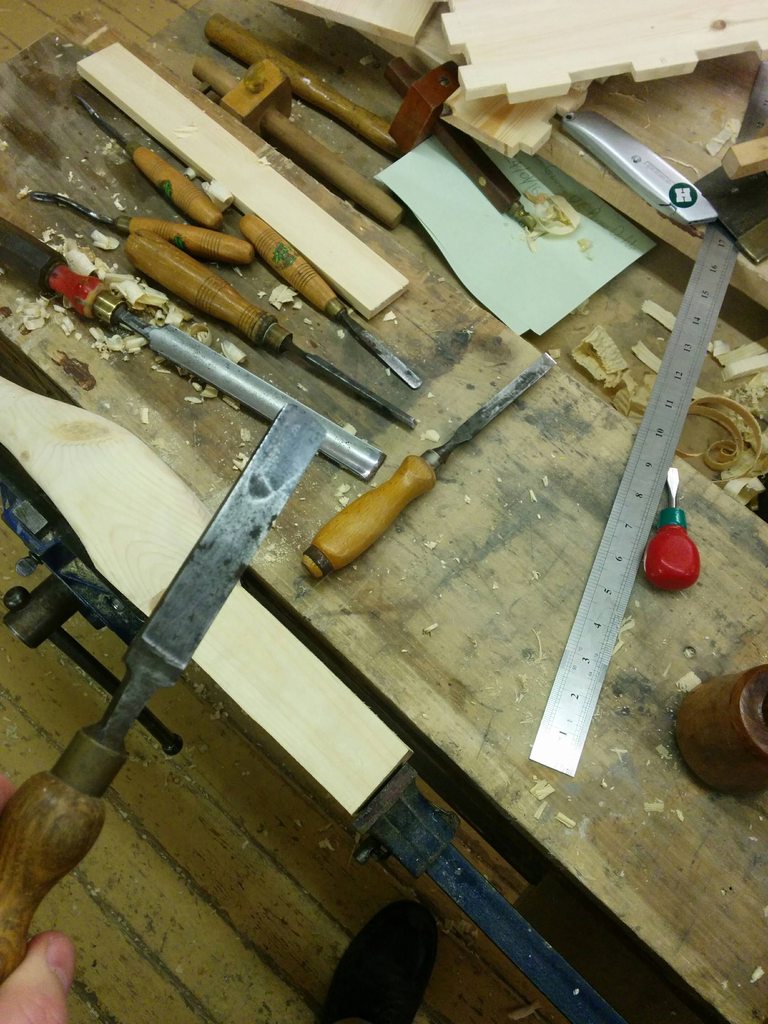blackrodd
Established Member
Wise words from Custard, salvage what you can, even if only for keeping as much as is original as possible.
I've cut loads of cabriole legs on the bandsaw, including the tenons, in many different woods and passed them back to the customer or cabinet maker! never finished one.
The secret is to turn the ball or bun foot, and leave the end cuts just short and keeping the flat square base for the other side cuts, and good grained and quality timber.
Today I guess that masking tape would work keeping the cuts together.
Here's a link to the Bun foot and band sawing part that I've done, just in case you've missed it!
Regards Rodders
https://www.youtube.com/watch?v=1c6s2kVcHWA
I've cut loads of cabriole legs on the bandsaw, including the tenons, in many different woods and passed them back to the customer or cabinet maker! never finished one.
The secret is to turn the ball or bun foot, and leave the end cuts just short and keeping the flat square base for the other side cuts, and good grained and quality timber.
Today I guess that masking tape would work keeping the cuts together.
Here's a link to the Bun foot and band sawing part that I've done, just in case you've missed it!
Regards Rodders
https://www.youtube.com/watch?v=1c6s2kVcHWA





